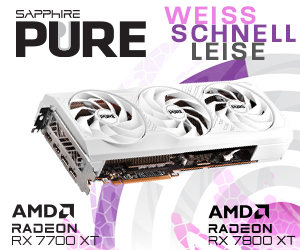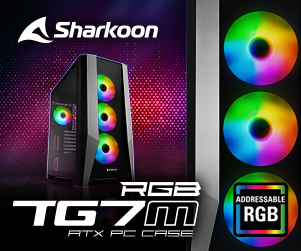NVIDIA Image Scaling in a detailed quality check
Now, of course, it becomes a bit difficult for NVIDIA’s NIS to hold its own against RSR at this point. Because without extra seasoning (re-sharpening), the comparison between NIS and RSR is very likely to be limp, so you have to keep that in mind. I will definitely include that in my conclusion! But first, let’s take a look at how NIS performs without resharpening.
4K native vs. NIS 85%, sharpening off (1836p)
It could use a little more spice here, but from a player perspective it’s fine. At least in 4K, how it behaves on 1440p or 1080p native monitors with NIS, I can’t tell you today. My guess, however, is that both NIS and RSR still deliver usable results at 1440p native monitor in the respective first, perhaps also the second stage. If you have to render it even lower in 1080p to get playable frame rates, you should rather think about a GPU update or simply accept the loss in quality!
4K native vs. NIS 85%, sharpening off (1836p details 180% magnification)
Here you can see quite clearly that NIS has a hard time without sharpening compared to RSR. As I said, even with 50% sharpening the image is overdone with shimmer and you don’t want that. I will discuss the problem with NVIDIA, let’s see what the colleagues have to say about it! For better understanding, here is a similar image with sharpening activated.
4K native vs. NIS 85%, sharpening 80% (1836p details 180% magnification)
That’s extreme, or is it just me who sees it that way? Feel free to compare this to RSR as well, you can find the videos on page 5. Maybe this is also the reason why AMD decided regarding Radeon image sharpening – against a simultaneous activation – together with RSR. Who knows….
4K native vs. NIS 67%, sharpening off (1440p)
And here with sharpening…
4K native vs. NIS 67%, sharpness 80% (1440p)
The big disadvantage of too extreme sharpening is that all colors suffer as well. You can already see that very clearly here!
4K native vs. NIS 67%, sharpening off (1440p details 180% magnification)
It lacks depth of field in general, but that was to be expected. but in terms of loss of detail, NIS and RSR have nothing in common. What is not there during rendering cannot be made visible even with driver-based upscaling!
4K native vs. NIS 50%, sharpening off (1080p)
Even if the sharpness is lacking, on a native 4K monitor even this passes (from the player’s perspective) and is absolutely playable. But that’s just my opinion!
4K native vs. NIS 50%, sharpening off (1080p details 180% magnification)
Everyone can see for themselves what details are lost here (under the magnifying glass). And what about over-sharpening?
4K native vs. NIS 50%, sharpening 80% (1080p details 180% magnification)
No, thanks! Then rather unseasoned, so it does not work at all! Presumably, with a lot of time, you can find a setting here regarding sharpness that manages the compromise between shimmer and real depth of field. It’s going to be a nice tricky one. Then we’ll take stock for NIS as well. Next page please!
- 1 - Einführung und Testsetup
- 2 - AMD RSR Leistungsdaten
- 3 - Leistungmessungen im Spiel
- 4 - Nativer und dynamischer Bildvergleich
- 5 - Detailvergleich 4K nativ vs. RSR Upscaling
- 6 - AMD RSR Zwischenfazit
- 7 - NVIDIA NIS Leistungsdaten
- 8 - NIS vs. nativer dynamischer Bildvergleich
- 9 - NIS Upscaling im Detailvergleich
- 10 - NIS Zwischenfazit
- 11 - Zusammenfassung und Fazit



































27 Antworten
Kommentar
Lade neue Kommentare
Urgestein
Urgestein
Urgestein
Veteran
Mitglied
Veteran
Urgestein
Urgestein
Urgestein
Mitglied
Veteran
Urgestein
Veteran
Urgestein
Veteran
Urgestein
Veteran
Veteran
Alle Kommentare lesen unter igor´sLAB Community →